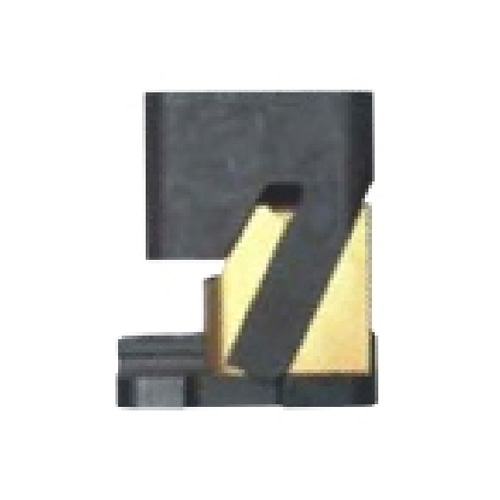Email: [email protected]
The Essential Features of Slide Units and Their Key Components
China High Quality Slide Units Manufacturer

Slide units play a crucial role in modern mechanical systems by enabling smooth, controlled linear motion. These units are designed to provide stability, precision, and durability across various industrial applications. Slide units are commonly used in machines where linear motion is necessary, such as in automation systems, CNC machines, and conveyors. Their primary purpose is to support loads while ensuring smooth movement without compromising performance. The design of slide units is known for its compactness, robustness, and high load-bearing capacity, making them an indispensable component in a wide range of industries.
One of the notable features of slide units is their compact structure. This design allows them to fit into spaces where traditional linear motion solutions may not be feasible. The compact nature of these units is achieved by using efficient materials and innovative design principles, ensuring they take up minimal space while still delivering high performance. This compactness also contributes to the ease of integration into existing machinery and systems. The smaller size of slide units allows for increased flexibility in design and makes it easier to incorporate them into various mechanical configurations.
In addition to their compact design, slide units are known for their exceptional load-bearing capacity. These units are engineered to handle significant weight, ensuring that even heavy loads can be moved smoothly and precisely. This high load capacity is achieved through the use of high-quality materials and advanced design techniques that distribute forces evenly across the unit. By utilizing roller or ball bearings, slide units can carry heavy loads with reduced friction, contributing to better efficiency and less wear and tear on the components.
The key components of slide units are what truly define their performance and functionality. Rollers, balls, and rails are the primary elements that enable smooth and reliable movement. Rollers and balls are typically used to reduce friction between the sliding surfaces, allowing for smooth motion even under heavy loads. These elements are strategically placed within the slide units to ensure they function properly while maintaining stability. The choice of bearing—whether it’s ball bearings or roller bearings—depends on the specific application and the load requirements.
Rails, which serve as the guiding components of slide units, are another critical element in their design. Rails are typically made from high-strength materials like steel or aluminum to ensure durability and resistance to wear. They guide the movement of the sliding components and ensure that the motion remains linear, preventing misalignment. The quality and precision of the rails play a significant role in the overall performance of the slide units. High-precision rails allow for smoother operation and minimize the risk of errors or inefficiencies in the system.
The combination of rollers, balls, and rails in a slide unit ensures that it can operate effectively in a wide range of applications. These components work together to provide stable, accurate movement while minimizing friction and wear. As slide units experience less friction, they not only operate more efficiently but also tend to last longer, requiring less maintenance over time. This makes them an attractive option for industries that require high reliability and long-term performance.
In addition to their robust load-bearing capabilities, slide units also offer high accuracy. The precise alignment of the rails, along with the smooth movement provided by the rollers or balls, ensures that these units can achieve exact positioning within the system. This accuracy is especially important in applications like CNC machining or precision assembly, where even the slightest misalignment can cause significant errors in the final product. The precision of slide units makes them indispensable in these settings, where every movement must be executed with high accuracy.
Another key advantage of slide units is their ability to handle high-speed motion while maintaining stability. The careful design of the components allows slide units to operate smoothly at high speeds, which is especially important in fast-moving machinery. Whether in assembly lines or robotic arms, slide units ensure that movements remain controlled and precise, even under demanding conditions. Their design and components are engineered to withstand high speeds without sacrificing reliability or longevity.
In conclusion, slide units are vital components in many mechanical systems, offering compactness, high load capacity, and precision. Their essential components—such as rollers, balls, and rails—work together to provide smooth, stable, and reliable linear motion. The combination of these features ensures that slide units are capable of handling demanding industrial applications while maintaining long-lasting performance. As industries continue to evolve and require more efficient motion control solutions, the importance of slide units will only grow, making them a fundamental part of modern engineering.
Get in touch
Related recommendations
